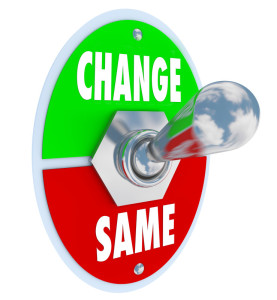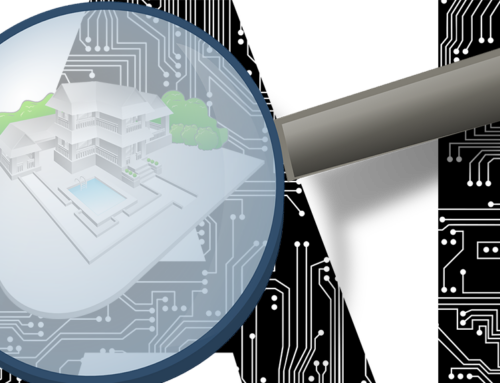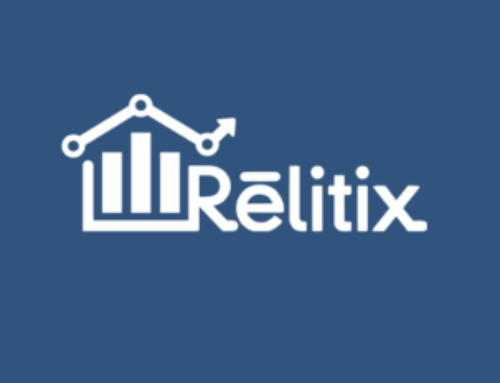 WAV Group constantly tries to educate MLSs and brokers to stay with their current vendor. We have long preached that making a change costs a lot more than you think and sets the company’s goodwill back years. We see this in user satisfaction research gathered from both agents and consumers. Unless your vendor is impossible to work with, stick with them.
WAV Group constantly tries to educate MLSs and brokers to stay with their current vendor. We have long preached that making a change costs a lot more than you think and sets the company’s goodwill back years. We see this in user satisfaction research gathered from both agents and consumers. Unless your vendor is impossible to work with, stick with them.
Recently, I was directed to research published in the Harvard Business Review (HBR) that substantiates this issue even more. The article is titled Eager Sellers and Stony Buyers : Understanding the Psychology of New-Product Adoption. The article starts out with the famous quote from Ralph Waldo Emerson: “If a man can write a better book, preach a better sermon, or make a better mousetrap than his neighbor, though he build his house in the woods, the world will make a beaten path to his door.”
Unfortunately, Emerson is too often correct as executives are too quick to purchase shiny objects that promise greater benefits than the trusted product that is doing its job just fine every day. The fancy new product replaces the old one and nobody takes the time to learn it, causing a multi-year quest to get agents to use it. In the meantime, you crushed the productivity of the business. According to HBR, replacement products fail at a rate of between 40 percent and 90 percent depending on the category. Indeed, 47 percent of new products fail, too. So much for pioneering, right?
There is a psychological factor to change that does not factor into new product selection. The bar to create change is extremely high! “People irrationally overvalue benefits they currently possess relative to those they don’t.” In 2002, an economist named Daniel Kahneman won a Nobel Prize for figuring this out.
Here is the money quote:
“… The strategic bias is to stick with the incumbent unless you must change. An alternative strategy is to run systems in parallel. We have seen the parallel system battle work really well. Of course, it duplicates the level of effort, but it may be a better system than throwing one out. California Regional MLS is doing this today, and more MLSs are planning to follow. Giving users an A or B choice is brilliant. Moreover, it gives the company (MLS or broker) a little more control over renewal pricing.




